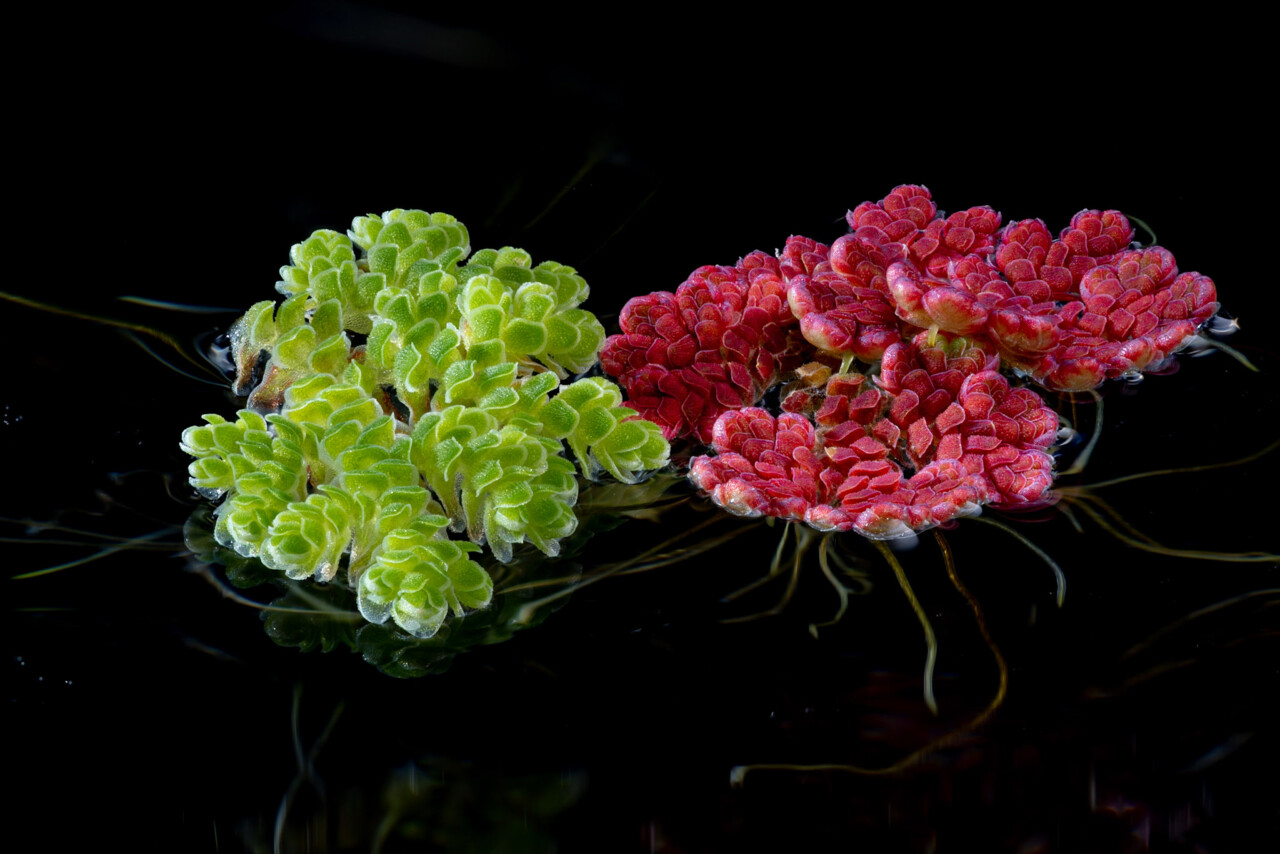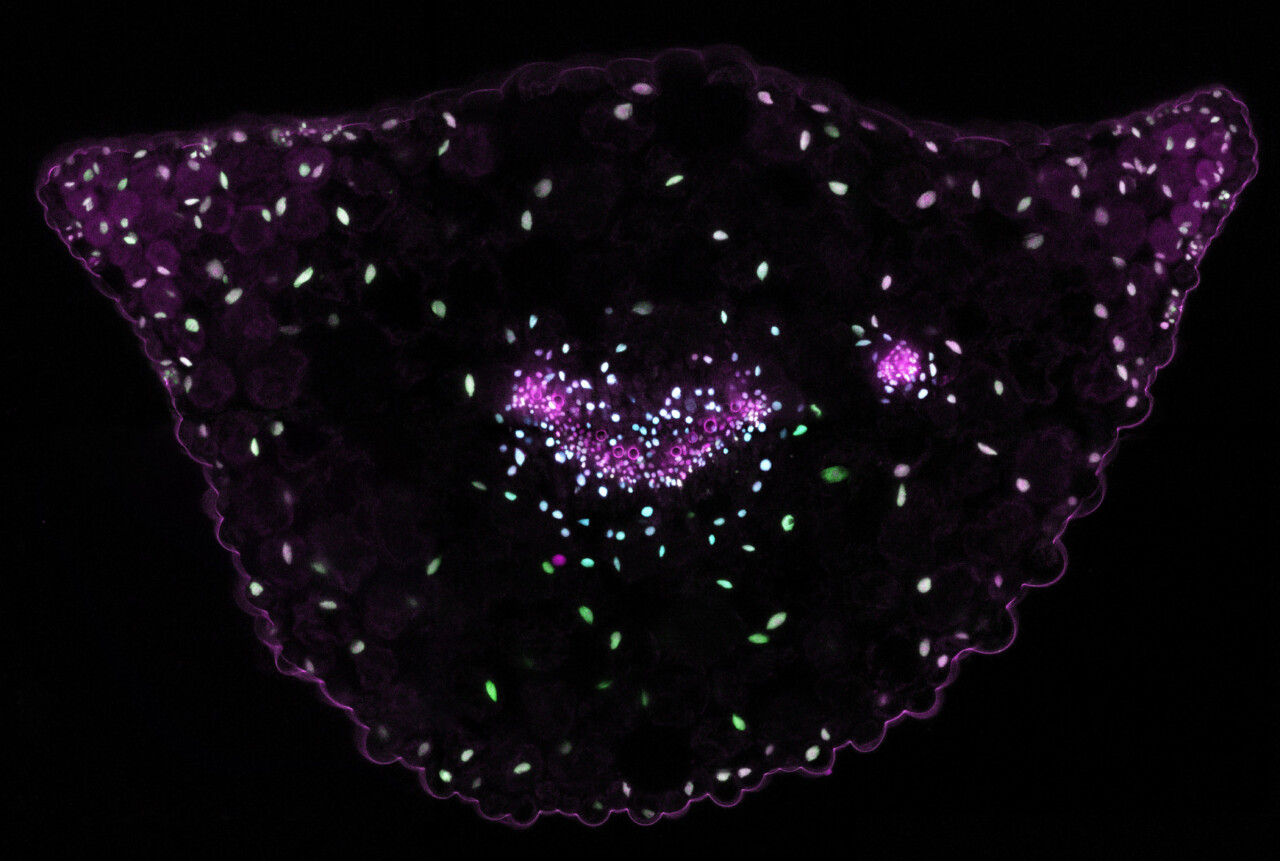
Webinar: Graham Farquhar and Ksenia Krasilev
Graham Farquhar: (Title TBA)
 Dr. Graham Farquhar is a Distinguished Professor at Australian National University (ANU). He received his BSc and PhD from ANU. After a postdoc at the DOE Plant Research Laboratory at Michigan State University, he returned to ANU as a group leader. He is a fellow of The Australian Academy of Science and of the Royal Society and a Foreign Associate of the National Academy of Sciences. He has over 300 research publications, he was awarded the Prime Minister’s Prize for Science in 2015, and in 2018 he was named Senior Australian of the Year. His research interests are broad with an emphasis on the integration of photosynthesis and growth with nitrogen and water use of plants.
Dr. Graham Farquhar is a Distinguished Professor at Australian National University (ANU). He received his BSc and PhD from ANU. After a postdoc at the DOE Plant Research Laboratory at Michigan State University, he returned to ANU as a group leader. He is a fellow of The Australian Academy of Science and of the Royal Society and a Foreign Associate of the National Academy of Sciences. He has over 300 research publications, he was awarded the Prime Minister’s Prize for Science in 2015, and in 2018 he was named Senior Australian of the Year. His research interests are broad with an emphasis on the integration of photosynthesis and growth with nitrogen and water use of plants.
Ksenia Krasileva: ‘Natural diversity in plant NLR immune receptors’
Dr. Ksenia Krasileva is an Assistant Professor at the University of California, Berkeley. She is an interdisciplinary scientist who studies genomics and plant immunity. Krasileva holds both BS and PhD degrees from Berkeley where she studied plant-microbe interactions and was trained in Genomic and Computational Biology. She did her postdoctoral work in wheat genomics with Jorge Dubcovsky at University of California Davis where, supported by USDA NIFA Postdoctoral Fellowship, she led the development of wheat exome capture and wheat functional genomics. Before moving back to Berkeley, Krasileva started her own group in 2014 at Earlham Institute and The Sainsbury Laboratory in Norwich, U.K. For her contributions to wheat genomics, Krasileva received the Carlotta award. Krasileva Lab at Berkeley maintains research interests in the biology of genomes, evolution and function of plant innate immunity. @kseniakrasileva
Abstract:
Plant immunity depends either on the direct perception of pathogen molecules or of the changes they induce in the host cells. Both recognition modes require mechanisms for generating diversity in the plant immune receptors. The NLR immune receptors are common to both mammalian and plant innate immunity. How can plants generate sufficient diversity to allow pathogen recognition in the absence of adaptive immunity remains poorly understood. We have previously demonstrated that grasses deploy a specialist intracellular NLR immune receptor clade that undergoes continuous gene fusions incorporating protein domains not normally associated with the immune function. The newly integrated domains in these NLR-ID receptors serve as baits for the pathogen – their modification triggers immune signaling. Such deployment of other plant proteins as baits allows plant immunity to monitor changes that pathogens induce inside the host cell. Our current work addresses the sources of new receptor specificities in the direct recognition of pathogen-derived effectors. We show that a quarter of NLR immune receptors in the model plant A. thaliana evolve much faster than the rest with changes concentrated in the leucine-rich repeat domain. These genes show strong overlap with the hybrid incompatibility loci, suggesting that generation of new immune specificities comes at a cost of autoimmunity. While separated in sequence, the most variable residues cluster on the concave surface of the LRR, allowing prediction of putative effector-binding sites, which we are currently testing in the lab. Together, our analyses uncover distinct mechanisms of diversity generation among different groups of plant NLR receptors.
Please check here for more information on how to register for this webinar and a full list of upcoming webinars, or watch the already recorded seminars here.
Wednesday, June 3, 2020
Check website for local time.
,



